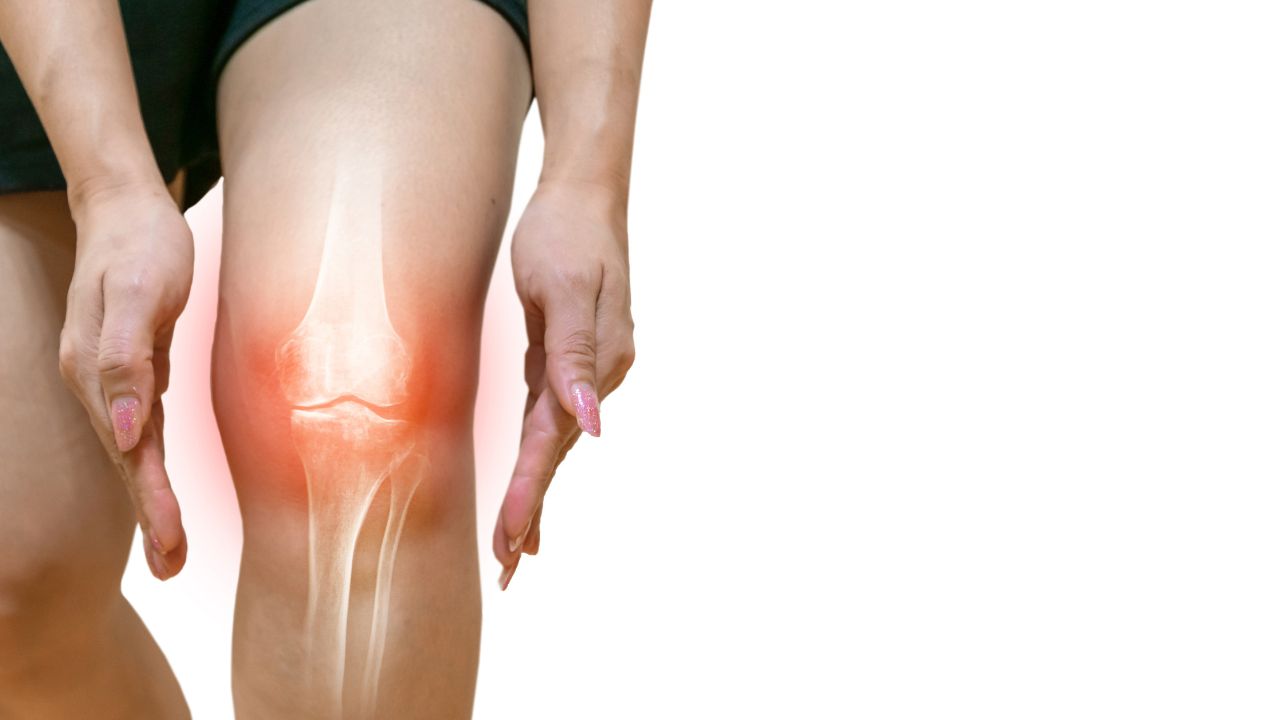Key Takeaways
- Joint health is essential for enjoying water sports.
- Surfing injuries frequently affect shoulders, knees, and hips.
- Conditioning, proper techniques, and therapeutic interventions maintain joint health.
- Regenerative therapies like PRP and stem cell treatments provide effective recovery.
- A holistic approach ensures long-term joint health and athletic longevity.
Newport Beach is synonymous with an active, water-centric lifestyle, from surfing and paddleboarding to kayaking and sailing. While these activities are fantastic for cardiovascular fitness, physical activity, and overall health, they can also exert considerable stress on your joints, leading to joint pain and potential joint injuries.
Key points to The Newport Beach Guide to Maintaining Joint Health During Year-Round Water Activities are:
- Common Joint Issues from Water Sports
- Essential Strategies for Preserving Joint Health
- Regenerative Solutions for Sustained Joint Health
- FAQs About Joint Health and Water Sports
Maintaining optimal joint health Newport Beach is crucial for residents and visitors who wish to continue enjoying these activities without interruption.
Common Joint Issues from Water Sports
Regular participation in water sports exposes individuals to a wide range of stresses, primarily affecting the shoulders, knees, elbows, and hip joints. These joints endure repetitive movements and high-impact forces, increasing the likelihood of inflammation, overuse injuries, and acute injuries.
Understanding Surfing Injuries
Surfing is one of Newport Beach’s most popular activities. However, it carries specific risks for joint-related injuries. Common surfing injuries include rotator cuff tears, rotator cuff tendinitis, sprains, ligament damage, meniscus tears in the knee, and chronic conditions like calcific tendonitis.
Shoulders, particularly, are vulnerable because of repetitive paddling and abrupt, forceful movements required to catch and ride waves. Persistent shoulder pain is a frequent concern, often resulting from inflammation or damage to rotator cuff tendons, shoulder muscles, and surrounding soft tissues.
Additionally, surfing injuries can range from mild muscle strain to severe conditions like shoulder separation or frozen shoulder, significantly impacting daily activities and overall quality of life.
Recognizing and Addressing Shoulder Pain
Shoulder injuries are prevalent among recreational and competitive surfers due to repetitive movements, duck diving, sudden impacts, and frequent overhead motions. Common symptoms include severe shoulder pain, weakness, stiffness, reduced range of motion, and discomfort during daily activities.
Conditions such as frozen shoulder, shoulder separation, and calcific tendonitis require prompt medical attention. Non-surgical treatments, such as physical therapy and corticosteroid injections, can manage these conditions effectively. Addressing shoulder pain promptly through professional evaluation can prevent chronic pain and help maintain quality of life.
Essential Strategies for Preserving Joint Health
Protecting joint health while engaging in water activities requires preventive practices and proactive treatments.
Proper Technique and Equipment
Using correct surfing techniques and appropriate equipment significantly reduces injury risks. Select boards suited to your skill level, practice proper paddling techniques, and maintain good posture. Regularly inspect equipment to ensure safety and effectiveness.
Regular Conditioning and Strength Training
Routine exercises targeting shoulder muscles, the upper arm bones, and other critical areas improve joint stability and reduce injury risk. Incorporating resistance training, flexibility routines, and working with a physical therapist enhances muscular support. These conditioning exercises also improve overall body mechanics, reducing the likelihood of injuries.
Warm-Up and Cool-Down Practices
Warming up increases blood flow, reducing injury risk. Cool-down routines, including stretching, ice packs, and gentle mobility exercises, reduce inflammation and soreness, facilitating quicker recovery.
Regenerative Solutions for Sustained Joint Health
Newport Beach offers advanced regenerative treatments to address joint damage and accelerate healing.
Platelet-Rich Plasma (PRP) Therapy
PRP therapy uses concentrated platelets from your blood, injected into injured joints to promote rapid repair and reduce inflammation, effectively treating overuse injuries and chronic joint pain.
Stem Cell Therapy
Stem cell therapy employs mesenchymal stem cells from bone marrow or adipose tissue, regenerating damaged tissues and enhancing joint function, ideal for chronic water-sports-related injuries. This therapy supports natural healing processes and can help athletes return to peak performance rapidly.
Osteopathic Manipulative Treatments (OMT)
Complementary osteopathic treatments improve joint alignment and mobility through gentle manipulations, supporting overall joint health and preventing further injuries by addressing biomechanical dysfunctions.
FAQs About Joint Health and Water Sports
How can I prevent shoulder injuries during surfing?
Strengthen shoulder muscles, use proper techniques, maintain flexibility, ensure adequate rest, and consult regularly with a physical therapist or sports physician.
What should I do if I experience persistent joint pain?
Seek professional evaluation promptly. Early treatments like PRP or stem cell therapies can prevent further complications and long-term damage.
Can I continue water sports after regenerative treatments?
Yes, regenerative treatments typically facilitate rapid recovery, allowing safe resumption of activities while significantly reducing the risk of reinjury.
Are regenerative treatments suitable for chronic joint issues?
Yes, regenerative therapies effectively address both acute and chronic conditions, providing sustained relief and improving joint functionality and mobility.
What are the common signs of serious shoulder injuries?
Severe shoulder pain, swelling, reduced range of motion, and difficulty performing everyday activities indicate a potentially serious injury requiring immediate medical attention.
Maintaining Joint Health Long-Term
Consistent preventive strategies, proper techniques, and advanced regenerative treatments enable sustained joint health and enjoyment of water sports year-round. Regular evaluations and personalized care plans further support long-term joint functionality and athletic longevity.

